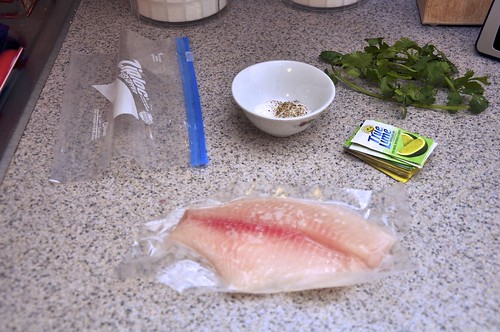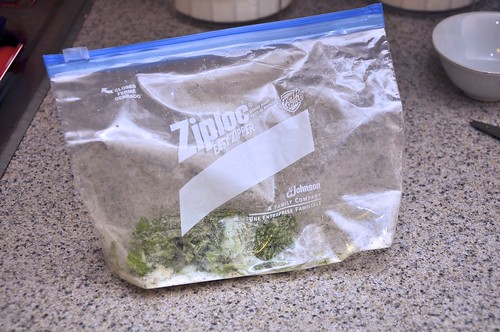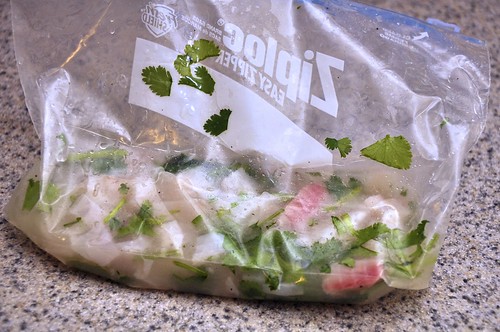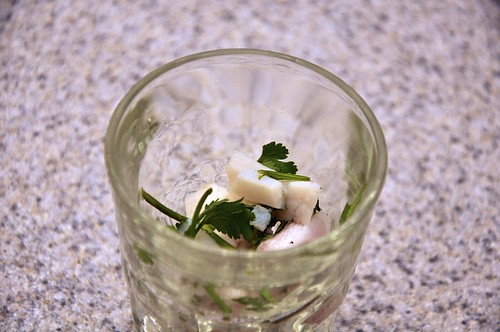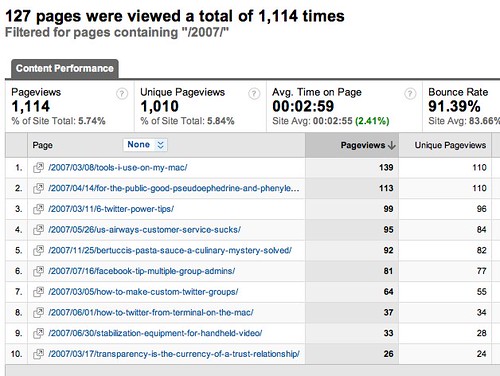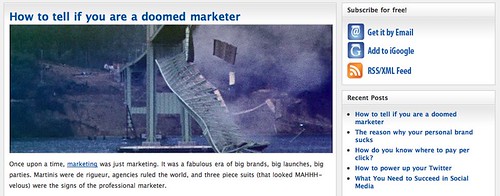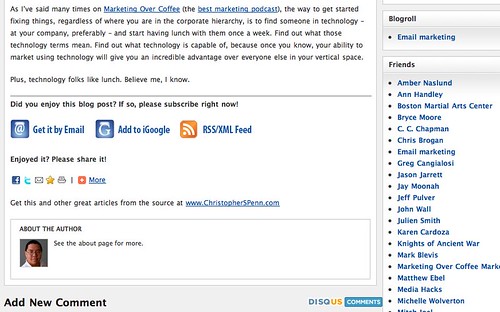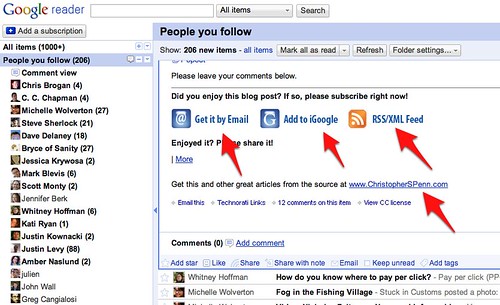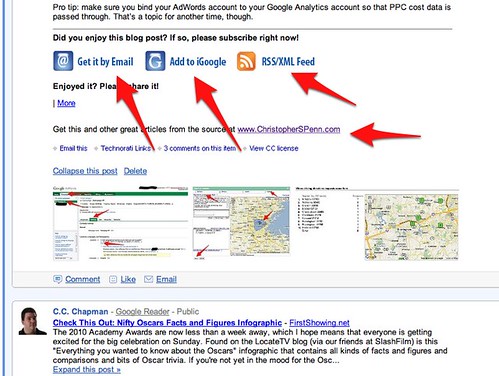So much of what we perceive is defined by subtle cues and clues. Ever heard the cliche that clothes make the man? Like many cliches, it’s mostly true. The clothes you wear do indeed change the perceptions of others, controlling at least the initial impression, the blink, that you make. That’s just the tip of the iceberg, though.
Even more control can be exerted by controlling what your nonverbal language says. Watch how different people do seemingly mundane actions – opening doors (do they hold doors for others? if so, how?), shaking hands, sitting down in chairs. Does their body language convey a sense of control over themselves? Elegance? Casual ease? All of these little things matter as a collective way to measure what kind of person someone is.
What are you conveying in your own language, in your own style? Have a friend follow you around for a little while, especially at a conference or event, and just keep a video camera recording you. Record the little stuff, too, like getting up to get a cup of coffee or checking your email.
Watch the footage of yourself and ask yourself what habits you have that aren’t conveying the kind of impression you want to convey. Ask yourself if the habits you have are reinforcing in others a perception that you no longer want attached to yourself. Are you careless in your body language? Sloppy? Timid? What don’t you want to be any more?
Next, try this experiment: determine what impressions you want to make on other people. If you want to be perceived as a competent, effective policeman, find as much material to study like video footage and on-the-street observation as you can to isolate the behaviors that those you perceive as effective perform. If you want to be perceived as a successful public speaker, what cues and behavioral traits do you see and can you model?
Extend it a step further and look at how your successful role model operates in an online capacity. If you’re going for the respected dignitary or celebrity, what do the folks you deem successful say and do online? If you’re going for the rock musician persona, drunk tweeting is not only appropriate but expected – consider doing so even if you’re stone cold sober, for example. How often do the people you believe to be successful blog, for example? What do they blog about? What do their profiles say about themselves online?
Take your new modeled behaviors out for a test drive. It can be incredibly difficult to effect change when those who know you best are accustomed to (and therefore locking you into) certain behaviors. Go to a conference or meetup where the majority of people have no idea who you are, and test out the traits you’re modeling. Start up a different online account and model some behaviors. See what a new you might look, feel, and act like. The opportunities to interact with people you don’t know and change who you are as a result are more limitless than ever.
The ultimate mind control trick is on you – and that’s a good thing. We as human beings respond to feedback loops. The more the people around us tell us we’re worthless, the more we begin to behave and believe that we’re worthless. The more that people around us tell us that we’re a rockstar, the more we begin to behave and believe that we’re a rockstar. You aren’t told by the company you keep – you become the company you keep. Changing the perceptions of those around you of the kind of person you are changes how they treat you, which in turn changes your perception of yourself.
Decide who you want to be. Decide who you know, who you have access to, that’s successful (in whatever success means to you), determine what behaviors they have that contribute to the perceptions of their success, and try them out for yourself.
Try it!
Did you enjoy this blog post? If so, please subscribe right now!
Get this and other great articles from the source at www.ChristopherSPenn.com! Want to take your conference or event to the next level? Book me to speak and get the same quality information on stage as you do on this blog.



